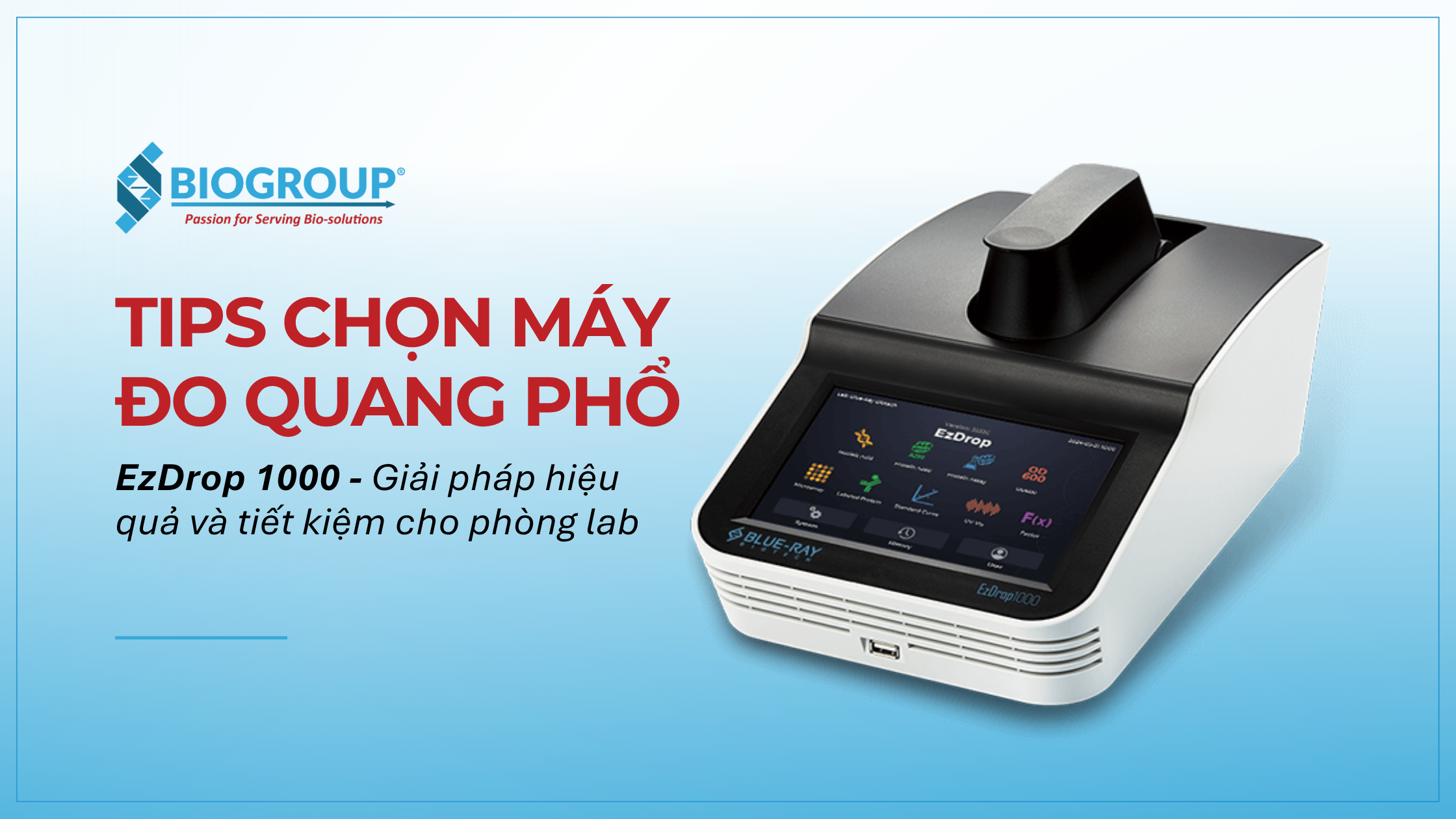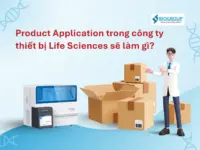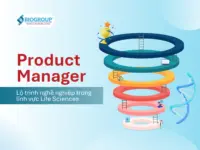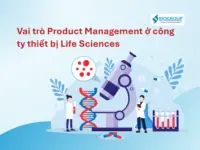3 ways to choose the right spectrophotometer for lab room
A spectrophotometer is a fundamental but essential device in many laboratories, commonly used to analyze nucleic acids, quantify proteins, and perform other optical measurements. However, not all models meet the specific requirements for each application.
Based on new technological platforms and practical experience, this article summarizes three principles for selecting a spectrophotometer to help researchers and technical investors make accurate, effective, and long-term usage decisions.

Contents
ToggleWhat are the applications of a spectrophotometer?
A spectrophotometer is a tool used to perform qualitative and quantitative analyses effectively. It is widely applied in scientific fields and various industries such as medicine, materials, environment, chemistry, biology, and food.
In biological laboratories, a spectrophotometer is commonly used for:
- Measuring and analyzing nucleic acid and protein samples, DNA/RNA concentrations.
- Checking bacterial content in organisms.
- Determining if a solution contains a specific substance.
Current spectrophotometer models on the market have been developed from traditional UV-Vis spectrophotometers with the following characteristics:
- A cuvette is required to hold the sample before placing it into the spectrophotometer.
- Use ultraviolet or tungsten light sources, which have a short lifespan and require at least half an hour of warm-up time before measurements.
- Need a minimum of 50μL of diluted sample in the cuvette, with a limited detection range, meaning they can only record absorbance values, not concentrations.
Overall, these traditional spectrophotometers are significantly limited in advanced analytical applications.
New generation microvolume spectrophotometers
New models of microvolume spectrophotometers increase measurement efficiency with more optimized features:
- Use a xenon light source, which has a longer lifespan, is more stable, and allows immediate experimentation without pre-heating.
- Measure samples without using cuvettes, requiring only 1-2µL of sample to measure absorbance and concentration. This is why they are called microvolume spectrophotometers.
- Save costs due to the small sample volume, reducing the need for deionized water to clean cuvettes and minimizing consumables.
- Simplify the operation process: with microvolume spectrophotometers, cleaning the sample window with tissue paper after each measurement allows continuous sample measurements. This increases measurement efficiency and reduces contamination and user errors.
With these improvements, microvolume spectrophotometers are becoming the optimal choice for modern labs, which require both accuracy and efficiency while saving costs.
Tips for choosing the right spectrophotometer
There are three key tricks when surveying and choosing the right spectrophotometer:
Measurement efficiency of the spectrophotometer
Most spectrophotometers on the market provide results in 8-10 seconds, which is an improvement compared to traditional models (those using cuvettes).
However, newer microvolume spectrophotometer models take only 3 seconds to provide results, improving measurement efficiency by 2-3 times compared to older models. This saves a significant amount of time in experiments and tests.
Accuracy of the spectrophotometer
Some spectrophotometer models on the market can achieve an error rate below 1%. This is because the sample window and disc are made from quartz glass with a hydrophobic nano-coating, which helps samples form droplets through cohesion and reduces light scattering.
The light source supports the observation of the sample window and checks for air bubbles during the measurement process. This helps users detect air bubbles to ensure accurate and repeatable results.
Spectrophotometer calibration
There are two types of calibration for a spectrophotometer: light source calibration and optical path length calibration. The light source’s brightness decreases over time and should be calibrated every 1-2 years. Calibration can be done based on the manufacturer’s specifications, and users can adjust the machine themselves without factory calibration.
The biggest issue with current spectrophotometers is difficulty calibrating the optical path length. Due to varying sample concentrations, electric motors adjust the optical path length, which affects the machine’s parameters and built-in formulas. The spectrophotometer needs recalibration every 3-6 months, depending on sample usage frequency.
Choosing a spectrophotometer with a fixed optical path length solves this calibration issue. Users can select the appropriate optical path length based on sample concentration. For low dsDNA concentrations (e.g., 2-1500 ng/µl), a longer optical path (0.5 mm) is used, whereas for higher concentrations (1000-20000 ng/µl), a shorter path is applied.
In addition to these key tricks, researchers should consider factors such as choosing reputable manufacturers and suppliers of spectrophotometers who offer timely support and expertise.
Other considerations when choosing a spectrophotometer
When purchasing a spectrophotometer, users should also consider specific spectrophotometer features, such as ease of operation, application expandability, and supplier support services. Most modern spectrophotometers include functions for determining concentration, quantifying nucleic acids, A280 protein, protein assays, and measuring cell optical density (OD 600).
Researchers can install absorption settings, set formulas, and define tests for application expandability. Additionally, the best technical support services should be provided, such as:
- Prompt resolution of technical issues during spectrophotometer operation.
- Free warranty for device malfunctions not caused by the user.
- A 30-day trial, demo, and return policy if the spectrophotometer malfunctions due to a manufacturer defect.
After purchasing the device, users often face additional calibration, consumables, and equipment maintenance costs. Blue-ray Biotech has developed the Ez Drop 1000 microvolume spectrophotometer to reduce these issues, which meets all the selection criteria mentioned above. With features for quick nucleic acid and protein quantification in 3 seconds, the Ezdrop spectrophotometer has become a valuable tool for laboratories. Biogroup Vietnam is a strategic distributor partner of Blue-ray Biotech. If you need support with spectrophotometers, we are always ready to answer any questions.
Learn more about Blue-ray Biotech’s spectrophotometer
Contact the consulting experts at Biogroup Vietnam:
- Website: https://biogroupvietnam.com/public/lien-he
- Hotline: +84 963 621 421
- Email: info@biogroupvietnam.vn
Categories
- Blog (55)
- New Products & Technologies (45)
- News (41)
- Recruitment (11)
- Training & Webinar (27)
- Virtual Booth (1)




